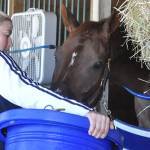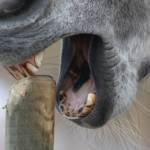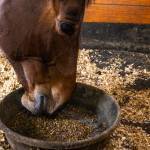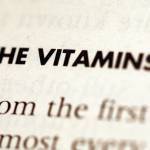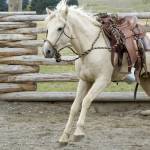Nutrition

October 27, 2007
Forage Alternatives
Hay, or some other source of fiber, is absolutely necessary to the health and function of the horse's digestive
October 26, 2007
Nutritional Considerations for Warmbloods
Over the last few decades European warmbloods and warmblood crosses have become prominent as sport horses in the United
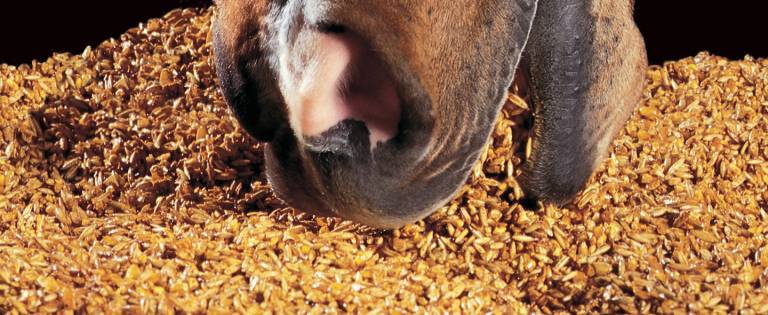
October 21, 2007
Acidosis and Starch Fermentation Studied
Hindgut acidosis can impair performance, and could be career-threatening if it leads to laminitis.
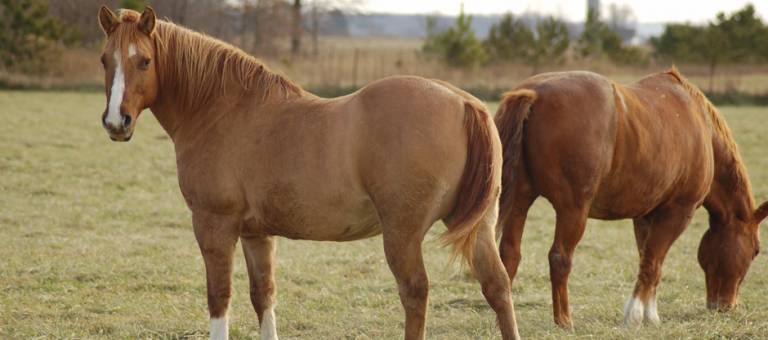
October 21, 2007
Overweight Horses Face Multiple Health Risks
Tiny miniature horses…massive draft breeds…porky Shetlands…ribby, slab-sided seniors. Equines come in many shapes and sizes, but regardless of appearance,

October 05, 2007
Arthritis a Prevalent Condition in Horses
Demanding exercise places undue stress on the joints and causes them to become inflamed. Research in arthritis has led

September 17, 2007
Forages the Foundation for Equine Gastrointestinal Health
Horses have evolved over millions of years as grazers, with specialized digestive tracts adapted to digest and utilize diets
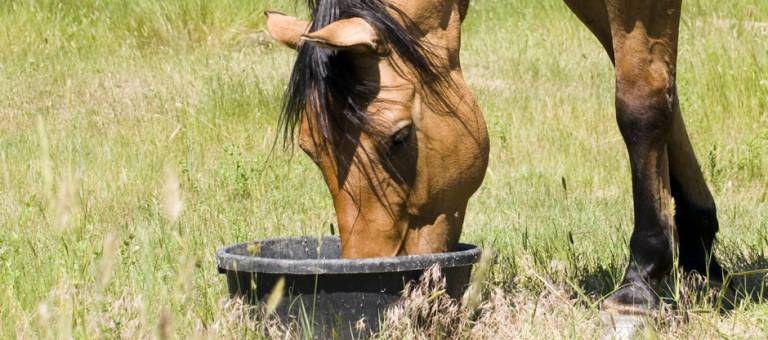
September 17, 2007
Revisit Feeding Strategies as Horses Age
If a horse drops weight on a diet that once kept it in moderate body condition, there is likely
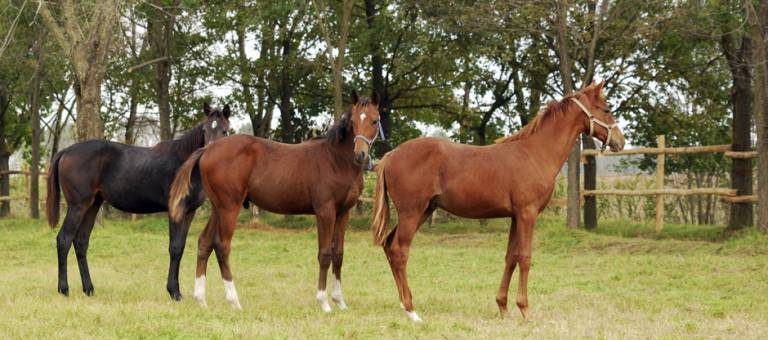
November 15, 2006
Yearling Growth on Alfalfa and Soybean Meal Studied
The purpose of the study was to compare growth rates and nitrogen balances in young fillies fed amounts of

October 27, 2006
Basics of Horse Feed Management
By nature, the horse is a grazer, designed to eat small amounts of grass more or less continuously. Forage

October 27, 2006
Reed Canarygrass and Timothy Compared as Horse Feeds
Although it has been identified in the region for at least 50 years, the cereal rust mite has become

